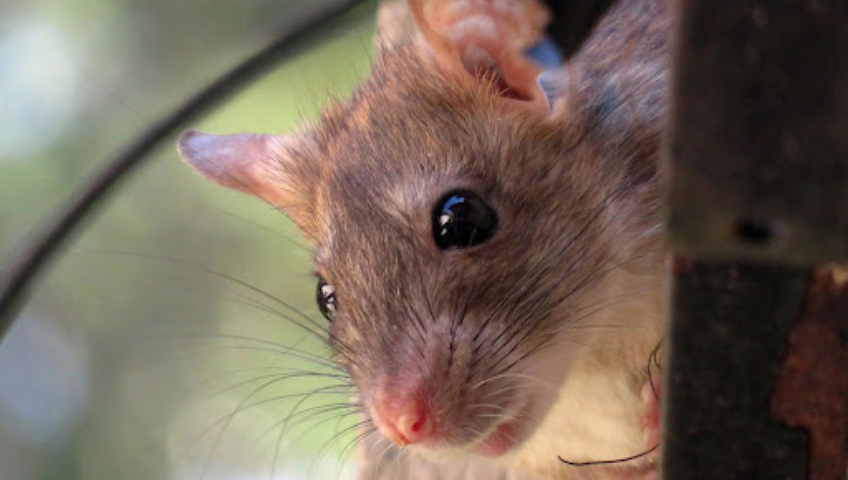We all love Florida for its sunshine, beaches, and tropical vibes, right? But guess what? That same warm climate and lush greenery that makes Florida so wonderful for us also makes it a prime hangout for pests—like roof rats. These sneaky, agile critters are more than just an annoyance; they can cause some serious headaches for homeowners, farmers, and even the local ecosystem. Let’s dive into why roof rats are such a problem in Brevard County, Florida and, more importantly, what you can do to keep them at bay.
So, What Exactly Are Roof Rats?
Roof rats (sometimes called black rats or ship rats) are smaller and slimmer than their Norway rat cousins. With their pointy noses, big ears, and tails longer than their bodies, they’re pretty easy to spot. And as their name suggests, these guys are expert climbers. They love nesting up high—in attics, trees, and along rooflines.
Why Are They Such a Problem?
Roof rats aren’t just a nuisance—they can really cause trouble:
- They damage your home. These little guys have some serious chompers and a constant urge to gnaw. They can chew through wood, insulation, and even electrical wiring, creating potential fire hazards and racking up repair bills. Their nests can also weaken your roof and attic.
- They’re a health risk. Roof rats are carriers of nasty diseases like leptospirosis, salmonella, and rat-bite fever. They can contaminate food and surfaces with their droppings, urine, and saliva—not something you want around your family.
- They multiply. Fast. A single pair of roof rats can have hundreds of babies in a year. That means even a small problem can quickly turn into a big one.
- They hurt crops. Farmers aren’t safe from these pests either. Roof rats love to snack on fruits, vegetables, and other crops, leading to significant losses.
- They disrupt wildlife. Roof rats aren’t native to Florida, and they compete with local species for food and shelter. This can throw off the balance of our ecosystems.
Why is Florida a Hotspot for Roof Rats?
Florida is basically roof rat paradise. The warm, humid weather, abundance of fruit trees, and dense vegetation provide the perfect environment. Neighborhoods in Palm Bay, Melbourne, and the beaches—with palm trees, bird feeders, and garbage bins—offer plenty of food and nesting spots. Plus, the state’s waterways and proximity to ports make it easy for these rodents to spread.
How to Identify a Rat Problem
Keep an eye out for these telltale signs of a rat problem:
- Droppings. Small, dark pellets near food, baseboards, and hidden areas. Fresh ones are moist; older ones are dry.
- Tracks & Runways. Footprints, tail marks, or smudges along walls and dusty areas.
- Gnaw Marks. Chewed wood, wires, and plastic. Gnawed wires can present a fire hazard, so it’s extra important to look out for this one.
- Scratching Noises. Nocturnal scurrying or rustling sounds in walls, ceilings, or floors.
- Nests. Shredded paper, fabric, or insulation in attics and hidden spaces.
- Urine Stains & Odors. Ammonia-like smell; stains are visible under UV light.
- Grease Marks. Dark smudges along walls and frequently used paths.
- Burrows & Holes. Small holes in walls, floors, or outdoor soil near foundations.
- Pet Behavior Changes. Pets sniffing, pawing, or fixating on certain areas.
- Chewed Food & Packaging. Signs of gnawing on food containers, missing pet food.
- Live or Dead Rats. This one’s obvious, but if you spot a rat in your home, he probably has friends nearby.
How to Keep Roof Rats Out
Here are some simple but effective steps to protect your home:
- Seal it up. Check for gaps, cracks, or holes in your roof, walls, and foundation. Use materials like steel wool, hardware cloth, or caulk to block their entry points.
- Trim trees and shrubs. Keep vegetation away from your house so rats can’t easily climb onto your roof or into your attic.
- Cut off their food supply. Store food in airtight containers, clean up spills quickly, and make sure garbage bins have tight lids. Don’t leave pet food or bird seed out overnight.
- Set traps. Place traps in areas where you’ve noticed rat activity—like the attic, garage, or along walls. Bait stations can be especially effective.
- Call in the pros. If you’re dealing with an infestation, don’t wait. A pest and rodent control expert, like Slug-A-Bug, can assess the situation and take care of the problem for you.
The Bottom Line
Roof rats might be small, but the problems they cause are anything but. From damaging your home to spreading diseases and messing with Florida’s ecosystems, these pests are no joke. The good news? With a few preventative measures, you can protect your home and keep roof rats where they belong—far away.
If you think you’ve got roof rats or other rodents hanging around, don’t wait to act. Give Slug-A-Bug a call at (321) 259-7844 for a free consultation. Tackling the problem early can save you a lot of stress, time, and money down the road!
